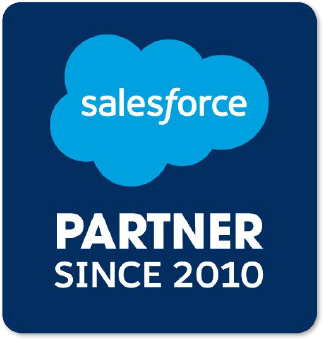


Perhaps most telling of all, over 2 weeks of commuting, you have a 77% chance of experiencing at least one delay of greater than 10 minutes. The likelihood of you experiencing a delay of greater than 6 minutes in a week of commuting is 73%. In a given five day work week, you have a 94% chance of being delayed into New York Penn at least once. Let’s try putting these numbers into perspective. 4) indicates that the system failed to deliver 50% of trains on-time to Penn Station on seven days. Rush Hour Performance (2/5/18–3/2/18) by categoryĪpproximately 43% of rush hour trains into New York Penn Station were delayed in the month of February.

In January 2018, 87.5% of trains were “on time”, which seems pretty rough right off the bat: I’ll be writing an explanatory post on how this works and releasing the scraped data openly in the coming weeks.Įvery month or so, NJT publishes summary statistics about the high-level performance of the system. So, I wrote a program that’s been scraping and parsing NJT and Amtrak data for the past month. I was looking for granular (train-level), high resolution (~1–2 min accuracy) records to dive in to. NJ Transit provides aggregate data that simply classifies trains as “on-time” or “late”. The only thing is… I couldn’t find any particularly helpful public data to use for my analysis. I’d like to use data to identify issues with NJ Transit and provide potential solutions to improve rail performance. Years of neglect have turned NJT into an unpredictable and unreliable system to the thousands of commuters that use it everyday. With over 88 million annual riders, NJT is sandwiched in second place between the MTA’s Long Island Rail Road and Metro North.ĭespite so many constituents depending on the system, NJT has fallen into disrepair over the past decade. In any case, as far as public transportation in America is concerned, NJ Transit is one of the largest commuter rail networks in the country. Thank you, parents, for moving to New Jersey. But then, I step back and thank myself that I’m not in one of the infinite timelines where I’m commuting around Mumbai. At times, negotiating the trade off between packing into an overflowing train or possibly being late to work leads to moments of peak anxiety. I commute to New York City everyday on NJ Transit. If you’re interested in more like this, or getting your hands on the data, please follow me to get notified of new articles in the future. You can find the second article by Michael here. This article is the first of an ongoing collaboration between Michael Zhang and I using data to examine the performance of NJ Transit.


 0 kommentar(er)
0 kommentar(er)
